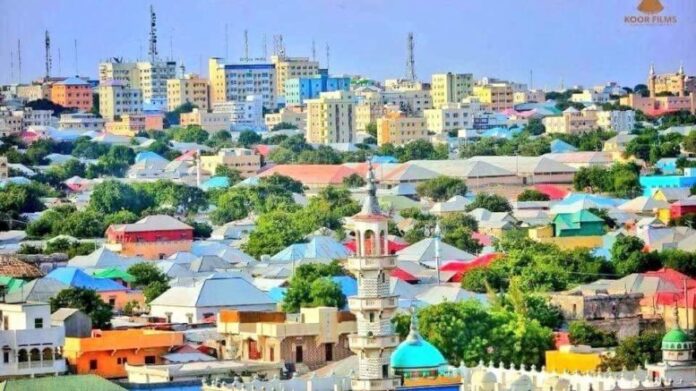MOGADISHU, Somalia — On the night of October 21, 2024, the Somali government launched a significant security offensive in the Hamarweyne district of Mogadishu, the capital of Somalia, with the intent of preempting potential threats from opposition groups.
This operation underscores the ongoing struggles within Somalia against insurgent forces, particularly Al-Shabaab, which has maintained a robust presence in central and southern Somalia despite international and local military efforts.
The operation saw government forces executing house-to-house searches, pulling out individuals for questioning, and setting up checkpoints to control vehicular and pedestrian traffic. The focus was on young men, some of whom were detained, reflecting concerns over recruitment and radicalization by Al-Shabaab among the youth. This demographic is often targeted by the group due to high unemployment rates and the allure of a cause, as noted in previous analyses of urban security in Mogadishu.
This crackdown comes in the context of a broader security transition in Somalia. With the African Union Mission in Somalia (ATMIS) in the process of drawing down its forces, the responsibility for security is increasingly being shouldered by Somali security forces. The operation in Hamarweyne can be seen as a demonstration of this transition, aiming to show capability in maintaining order and combating insurgent threats independently.
The U.S. Embassy in Nairobi had issued warnings earlier in the year about potential attacks in Mogadishu, indicating ongoing threats to key infrastructure like the Aden Adde International Airport, which also serves as a base for international forces. This suggests that the security sweep might also be in response to specific intelligence regarding imminent threats.
Moreover, the operation’s timing could be linked to recent dynamics in the region, including international support for Somalia’s security apparatus. The Somali government’s request for a multinational force to replace ATMIS, as discussed by the AU Peace and Security Council, highlights the international community’s continued interest in stabilizing Somalia, especially amidst incidents like the Jaffey farm airstrike, which underline the complexities of civilian casualties in the conflict.
The government’s actions in Hamarweyne are part of a strategic effort to assert control and demonstrate progress in combating Al-Shabaab, which not only poses a direct threat through attacks but also challenges governance by controlling territory and imposing taxes. This operation, therefore, serves multiple purposes: enhancing immediate security, signaling to the populace and international observers the government’s commitment to security, and potentially weakening Al-Shabaab’s operational capabilities within urban Mogadishu.
However, these operations also raise concerns about human rights abuses, particularly given the history of such sweeps leading to arbitrary detentions and the potential for violence. The balance between security imperatives and human rights remains a delicate one in Somalia, where the fight against terrorism often blurs lines with civil liberties.
As Somalia navigates these complex security landscapes, operations like the one in Hamarweyne reflect both the necessity of maintaining order and the ongoing challenges of doing so amidst a backdrop of insurgency, international involvement, and the need for sustainable governance solutions.






